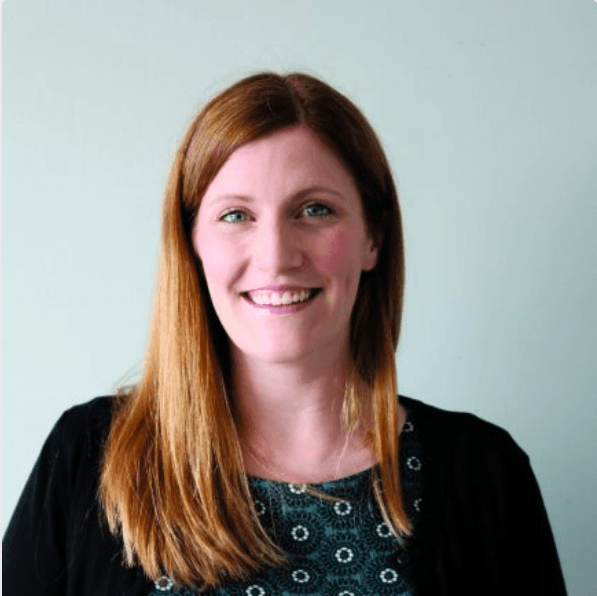Approximately 1.3 million children ages 5 and under (1 out of every 18) experienced homelessness in 2019. This means that these children and their families do not have reliable shelter at night and instead sleep in motels, hotels, or someone else’s home—or that they turn to places not usually meant for inhabitation (e.g., cars, parks, or abandoned buildings)—because they do not have access to their own housing. While the federal housing system provides some assistance, it is ill-equipped to support families with young children; however, in some cases, local and community initiatives have helped bridge the gap between available services and families’ needs.
Too often, housing provided through the federal system literally is not built for young children. For example, some emergency shelters in Philadelphia only recently added family-friendly features like childproof light covers, changing tables, and breastfeeding rooms, thanks to the Building Early Links for Learning partnership.
Many federal housing programs are also not equipped to connect the families they serve with high-quality child care, an especially important resource for children experiencing homelessness and the people who care for them. Access to high-quality child care not only improves a child’s future economic stability, academic success, and health, but also makes it easier for parents to pursue education and training and hold down a job, all of which are often precursors to securing stable housing.
Black families are particularly impacted by these issues. For instance, they are overrepresented in the federal housing system and are less likely to have access to high-quality child care, despite research which suggests that Black children (particularly children in families with low incomes) benefit substantially from high-quality child care. Black families’ overrepresentation in the federal housing system and their lack of access to high-quality child care are direct results of longstanding racist and discriminatory policies and practices that have plagued the United States for centuries.
Some shelters and housing programs have tried to solve these problems by partnering with local organizations and charities to hire support staff and provide resources that better link families to child care, transportation, and more. For example, the Saunders School Apartments in Lawrence, Massachusetts provide families experiencing homelessness with intensive case management, job search support, and access to child care, as well as GED, training, and community college classes. In North Carolina, Families Moving Forward has strengthened families’ connections to local early care and education programs by hiring a child-focused education coordinator and an early childhood specialist. They have also developed concrete procedures for connecting with early childhood programs in their community.
Chrishana M. Lloyd and Sara Shaw are co-lead authors on this blog post.
Recent Research from Child Trends on Poverty
- There is a proven, straightforward way to lift children out of poverty and improve their overall well-being: Increase the income of the families raising them.
- A new research series examines the demographics of Black families in the United States and challenges impeding their access to high quality child care and housing:
- Despite participating in the workforce at higher numbers, Black Americans are more likely to have less secure employment and earn lower wages, which may result in higher rates of poverty.
- To address the low pay of Black child care providers and expand Black families’ access to high-quality early care and education, we must address the history of racist and discriminatory policies that undergird the U.S. child care system.
- Black families face significant challenges in securing and remaining in housing during COVID-19, in no small part because of discrimination and racism: In February 2021, 30 percent of Black families reported not being caught up on rent or mortgage payments, vs. 17 percent of all families.
- Prioritizing financial, housing, rent/eviction, and meal assistance for parents with children under age 18 can mitigate the risks associated with pandemic-related stress, particularly among parents with unresolved histories of adversity and trauma.
- To better help Hispanic families with low incomes, programs should build on the strengths of these families, which include strong relationships between partners and a low frequency of co-parenting conflicts, and emphasize training and education services so parents can build human capital and improve their economic mobility.
- Women receiving health care at Title X clinics are more likely to face socioeconomic challenges that impact their health, including food insecurity, housing insecurity, and a lack of health insurance or access to affordable health care.
© Copyright 2025 ChildTrendsPrivacy Statement
Newsletter SignupLinkedInYouTubeBlueskyInstagram

